In the landscape of the overall business zeitgeist, the dietary supplement industry is relatively new compared to other industries. It's grown leaps and bounds over the past decade, with a fresh supply of research studies, ingredients, and finished products whose releases accelerate every year.
In a time where new ingredients with tiny pilot studies bring excitement to the market, we can forget to look backward. What ingredients have been here all along, quietly making up for our widening dietary deficiencies? What ingredients have a continually-growing body of research, possibly even getting better as our deficiencies get worse?
The growth of glucose disposal agents brings us back to chromium
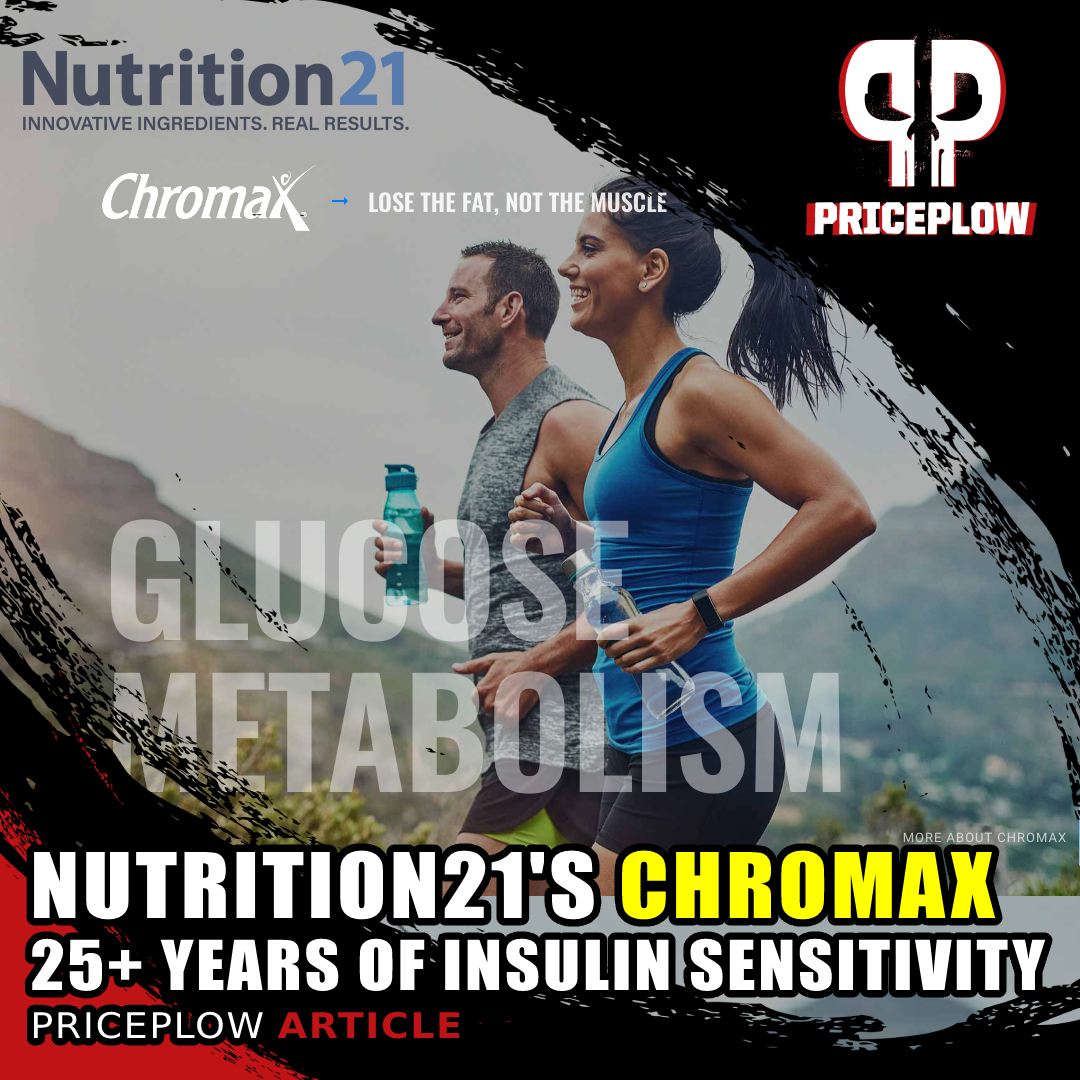
For over 25 years, Chromax chromium picolinate has been improving insulin sensitivity. We argue that it's only gotten better, as dietary deficiencies have gotten worse over this time period.
In the sports nutrition world, protein and creatine are two classic ingredients helping to cover dietary gaps. But too often, we forget the essential minerals in our diets, and minerals may be the biggest victims of our strip-mined food supply, thanks to aggressive overfarming practices and ultra-processing of foods.[1-5]
One such mineral that's become more important than ever is chromium, a compound whose deficiency leads to a mess of metabolic issues including insulin resistance, worsened cardiovascular disease, and other health deteriorations.[6] And one chromium ingredient has has been on the market for an incredible 25 years - Chromax.
Drive carbs better by improving insulin signaling
We've seen an uptick in glucose disposal agents, supplements used to drive glucose (carbs!) into muscle cells, oftentimes pre- or post-workout. Once again, the original glucose disposal ingredient - Chromax - stakes its claim for helping insulin work better.
25 years of Chromax: Decades of helping with chromium deficiency
Sold by Nutrition21, Chromax is a branded form of chromium picolinate. This ingredient comes with decades of research and has only become more important over time, helping us in the fight against the obesity pandemic, widespread insulin resistance, and numerous dietary deficiencies.
In this article, we recap Chromax, and give some interesting insight about its manufacturing. Before we get there, be sure to sign up for our Nutrition21 alerts so that you don't miss any future research:
Subscribe to PricePlow's Newsletter and Alerts on These Topics
Last year, we wrote a "deep dive" report on chromium picolinate, so if you're looking for the heavy science and mechanism, see our article titled Chromium Picolinate: The Ultimate Trace Mineral For Insulin Sensitivity. Below, we summarize some of that data, talk about some products with Chromax, and discuss its manufacturing.
Learn about Chromax in One Minute
Want the long story short? See the following video:
Who is Chromax best for?
Unsurprisingly, chromium picolinate is best taken by those who are deficient in chromium. However, not everyone knows their chromium status, but the highest likelihood of those needing more chromium are the following:

Chromax is the industry's most trusted and tested form of chromium picolinate, helping users stay insulin sensitive for decades
- Insulin-resistant individuals
- Overweight dieters, or anyone needing support for weight management
- Those looking for acute blood sugar drops when taking carbohydrates
- Dieters seeking appetite suppression
There are other use cases and signs of deficiency, and several specific health issues are strongly connected to insulin resistance.[7] The data supports that more dieters should consider supplementing chromium alongside a less insulinogenic diet.[8,9] However, the above list is a great starting point, yet covers the majority of Western citizens.
Chromax and Chromium Picolinate: A Research Refresher
Chromium's main interaction is with insulin secretion.[10-12] Chromium Picolinate (and by extension, Chromax) has been been successfully researched in the following areas:
-
Improved insulin sensitivity and blood glucose levels, especially if insulin resistant
A 2014 review analyzed 25 studies in which chromium or chromium picolinate was used in order to help subjects with clinically-diagnosed insulin resistance. They concluded that chromium supplementation significantly improved blood glucose levels.[13] But even more interesting is that the most pronounced results came from chromium picolinate.[13]
Other studies confirm this,[9] and explain that chromium picolinate's greater bioavailability could be the reason for its superior glycemic and lipidemic control.[9]
What about average consumers?
You can consider insulin resistance to mean "sugar saturation" - at some point, overfilled adipocytes refuse to store more energy. Waist-to-Height ratio makes for an excellent proxy to insulin resistance. Image courtesy Dr. Ted Naiman.
Those who are not clinically insulin resistant, however, are more likely to get acute effects. A 16 week, double-blind, placebo-controlled study found on average individuals that chromium picolinate did not modify overall lasting changes to blood lipids or A1c, but did facilitate short-term blood sugar and insulin responses.[14]
A quick intro to glucose disposal agents - the sports nutrition angle
This above data is why we suggest using it for quick blood glucose control in our introductory list of use cases for Chromax.
Acute supplementation is generally utilized in sports applications, where athletes use glucose disposal agents to increase insulin sensitivity and drive glucose into muscle cells. These supplements are often taken with high-carbohydrate meals pre or post-workout to get more pronounced muscle size and density, while also improving glycogen uptake so that the athlete can return to hard training with less rest.
Nutrition21's Velositol is a chromium-based protein-enhancing ingredient made for a similar purpose as well.
-
Suppression of appetite and cravings
Studies show that Chromax is effective at reducing appetite, which helps promote weight loss. Image courtesy of Nutrition21.
A 2008 placebo-controlled study on overweight men and women showed that higher-dosed chromium picolinate (1000mcg) led to reduced food intake, lower hunger, and interestingly, fewer/reduced cravings for fatty foods![15] The test group in that study lost more weight, but not to a strong degree of significance.
Another study on 113 adults demonstrated reduced carbohydrate cravings and significant appetite and consumption improvements when using 600mcg chromium picolinate compared to placebo.[16]
Both of these studies suggest that higher-dosed chromium consumption could lead to lower appetite. We've generally seen appetite go down with more nutrient-dense diets, leading us to believe that our "cravings" are oftentimes our bodies requesting specific essential nutrients - not necessarily more calories. Chromium is one such nutrient that may cause the body to generate such cravings and hunger when it is deficient.
-
Chromium's weight loss research - who does it work for?
There have been mixed results regarding weight loss with chromium - one meta analysis showed some weight loss after three months of use,[17] while another shows no change to BMI[18] - and much of all of this is confounded by resistance training. Resistance and/or weight training allows users to improve their figures by adding muscle mass while burning fat, all while maintaining the same weight.
Focus on body composition, not just weight
As such, we don't concern ourselves with weight as we do with body composition, and in that case, we have seen some positive results with chromium supplementation. A series of studies showed that both 200mcg and 400mcg chromium significantly improved the participants' body composition in a similar manner compared to placebo (based on an underwater weighing).[19]
In that study, diet was not controlled - it was a free living study.[19] So as a follow-up, they controlled caloric intake and expenditure of the participants.[20] Even with controlled diet, 400mcg of chromium picolinate per day saw a significantly greater reduction in fat, weight, and body fat percentage compared to the placebo.[20]
Compared to other popular stimulant-free weight loss ingredients, Chromax seems to outperform them all! Image courtesy Nutrition21.
This leads us to believe that all other things considered equal, chromium's ability to improve insulin sensitivity and insulin signaling sets the stage for improved body composition, especially when combined with weight training. You may not lose weight with that approach (that will depend on other dietary factors), but it may help you add and keep more muscle.
But with general regards to weight loss, those who are chromium deficient are going to see the best benefits, especially if it reduces appetite and they follow actual hunger and do not continue to eat out of habit.
-
Heart health
A 2005 study discovered a significant relationship between chromium concentrations and heart disease – people with lower chromium levels were shown to be at greater risk of heart disease.[21] A double-blind, placebo-controlled analysis showed that chromium picolinate supplementation improved physical biomarkers like QTc intervals on electrocardiograms in type 2 diabetics[22] - the heart simply seems to work less effectively without this critical mineral at hand.
-
Neurological benefits (more serotonin!)
A 1994 study showed that chromium increases insulin sensitivity within the hypothalamus, and thus upregulates serotonin production.[23]
Knowing that there is a strong relationship between serotonin levels and insulin sensitivity,[24] chromium could at least be a minor factor with some of society's collective serotonin-related issues. This effect has been demonstrated in animal models as well.[25]
Again, you can read about these studies in greater detail in our chromium picolinate post.
Supplements with Chromax
There are several supplements with Chromax inside, but one of the simplest ways to get it is in your multivitamin, each and every day! For this reason, we recommend trying PEScience's TruMulti Series, which comes in TruMulti Men's and TruMulti Women's formulas. Both of them contain 200mcg chromium from Chromax.
If looking for a single-ingredient blood sugar protection supplement, give Swanson Chromax 1000 a shot - it brings 1000mcg chromium from Chromax, a dose that reaches all of the clinically-supported studies and is sure to cover any deficiencies if taken daily before the biggest meal.
Manufactured in the USA... with globally sourced ingredients
Another great thing that few talk about with Chromax is its manufacturing. Using globally-sourced raw materials, the ingredient is actually synthesized here in the United States! This is uncommon for ingredient manufacturing, and is supportive of local economies. On top of that, it's a great sign for the environment, given the EPA's strict governance over such operations.
Label claims that are more than research-backed claims
We recently discussed Nutrition21's research-backed claims on their various ingredients in our article titled Because it Works: Ghost's Use of Nitrosigine to Move Markets. It's important to note that they are a research company first and foremost, and they don't want their research to be misrepresented.
Likewise, they do not want to see their ingredient origins misrepresented either. Nutrition21's teams have seen "Made in the USA" all too often on supplement tubs, and that is generally not the truth - and not legal.
The Federal Trade Commission (FTC) states, "For a product to be called Made in USA, or claimed to be of domestic origin without qualifications or limits on the claim, the product must be 'all or virtually all' made in the U.S."[26] They go on to state that "'All or virtually all' means that all significant parts and processing that go into the product must be of U.S. origin. That is, the product should contain no — or negligible — foreign content."[26]
This is why you'll see Nutrition21 say that Chromax is manufactured in the USA with globally-sourced ingredients. Because that's the absolute truth. But it's still a major win for America, because it brings the finished ingredient synthesis and testing back home.
Need more ingredient truth? See what Nutrition21 is doing with CertainT

CertainT allows brands and ingredient suppliers the power to tag, track, and test for specific ingredients as the product travels through the supply chain!
This quest for truth has also led the company to adopt CertainT technology, which enables Nutrition21 to verify that every ingredient of theirs is actually the real ingredient as advertised on the label. This way, when you see a Nutrition21-branded ingredient on the label, you know that it's in the tub - and at the right dose. Brands and manufacturers have caught wind to the fact that CertainT is a legitimate, working technology program, and Nutrition21 is as serious about their ingredients being used effectively and responsibly as they are about their research.
Over 25 years of insulin sensitivity
In such a young industry, it's uncommon to see products or ingredients with this much research and this much time on the market. Being over two decades old, one could argue that Chromax itself has seen a lot of changes in the collective metabolic wellness of our society -- and those changes have unfortunately not been good.
As farming practices get worse, so do our mineral deficiencies

Nutrition21 is a leader in the industry and takes huge steps towards making supplements safer, more effective, and transparent!
We posit this - given that our food supply has gotten more deficient for various reasons (over-farming, over-processing, inflammatory additive oils, more pervasive anti-nutrients), some of the older research under-estimates the beneficial effects of chromium supplementation.
It's tough to cite a 1996 diet study on free-living individuals knowing how much worse our food has gotten since then. Those subjects weren't drowning in soybean oil and other hyperinsulinemic foods like we are now. To us, critical ingredients like chromium have gotten better over this time period because our food has gotten worse. We could make the same arguments for creatine, carnitine, choline, magnesium, iodine, and more.
But regardless of where we are in time, if you're not eating a nutrient-dense diet, you're likely going to be malnourished, tired, and hungry, and supplementing chromium is one of the many things you should look into. We expect Chromax chromium picolinate to continue leading the way, and plan to see it on the market another 25 years from now.
Subscribe to PricePlow's Newsletter and Alerts on These Topics
PEScience TruMulti For Men – Deals and Price Drop Alerts
Get Price Alerts
No spam, no scams.
Disclosure: PricePlow relies on pricing from stores with which we have a business relationship. We work hard to keep pricing current, but you may find a better offer.
Posts are sponsored in part by the retailers and/or brands listed on this page.
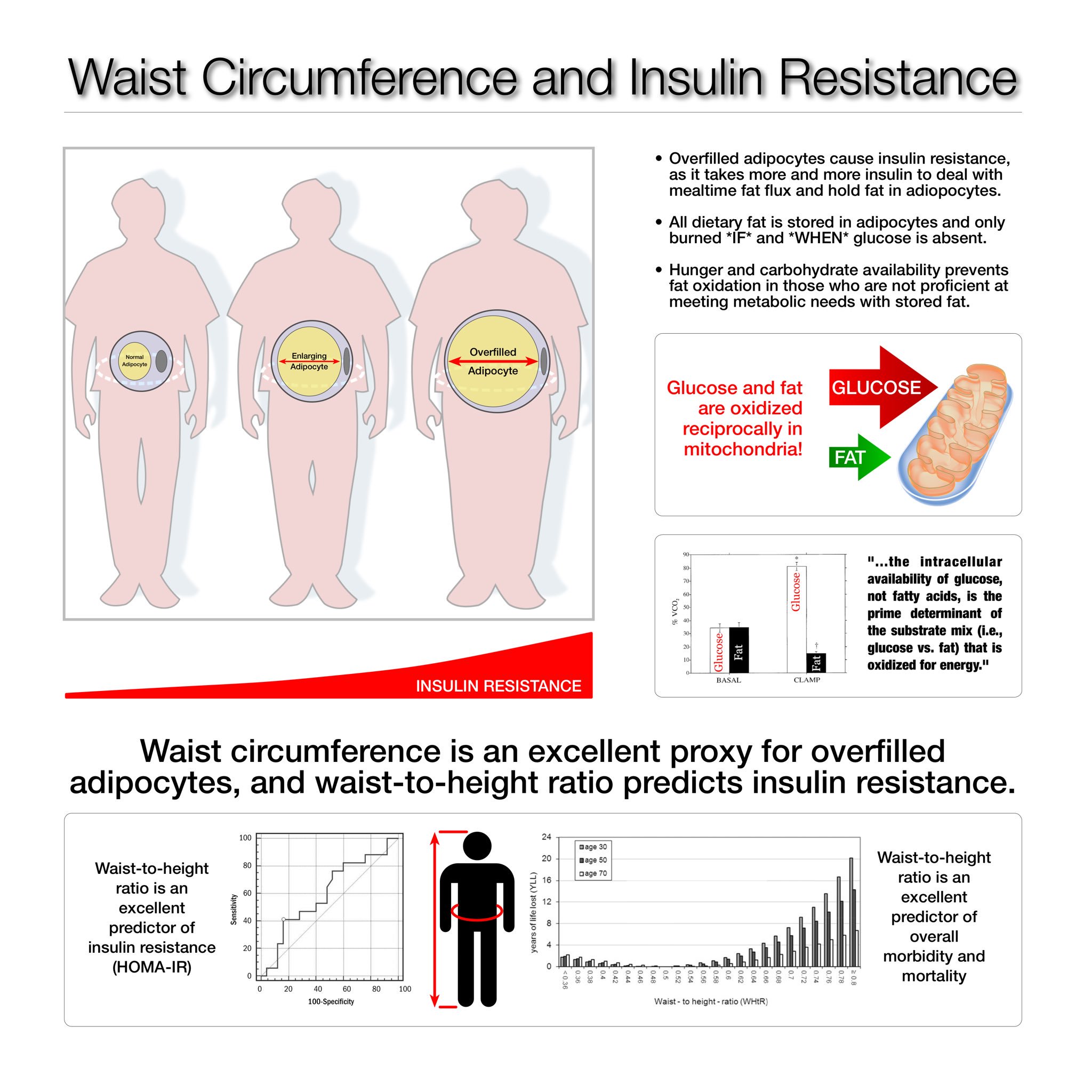
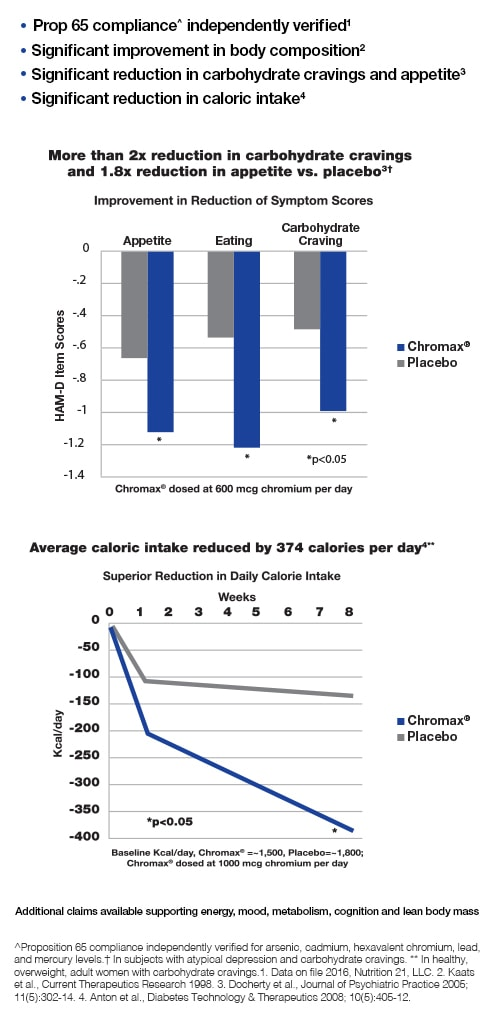
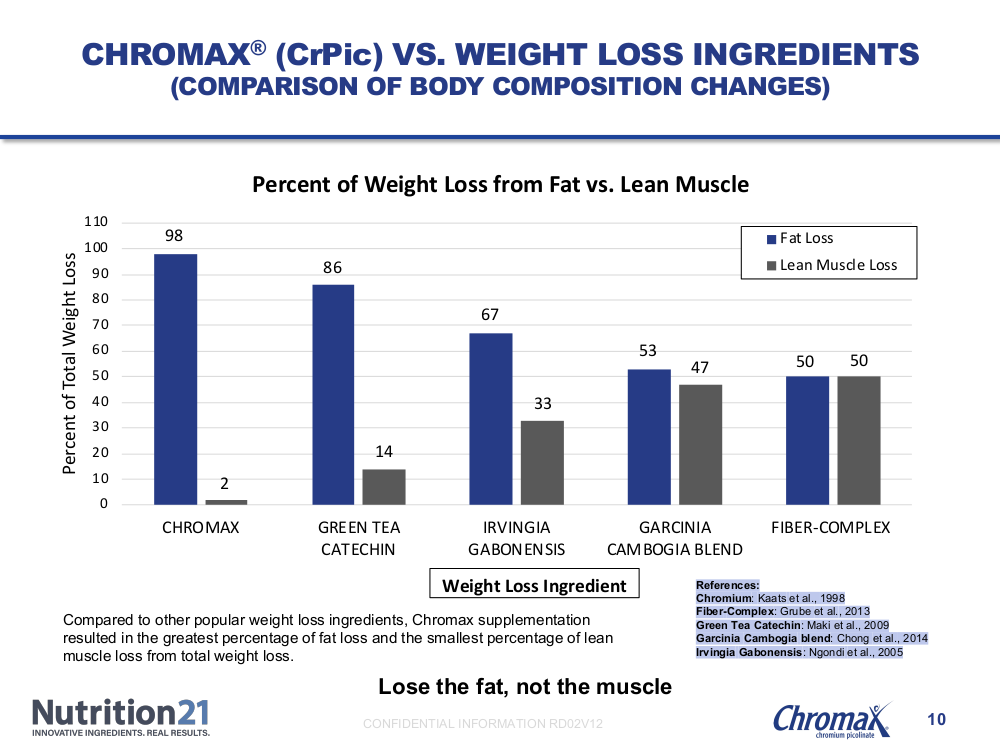
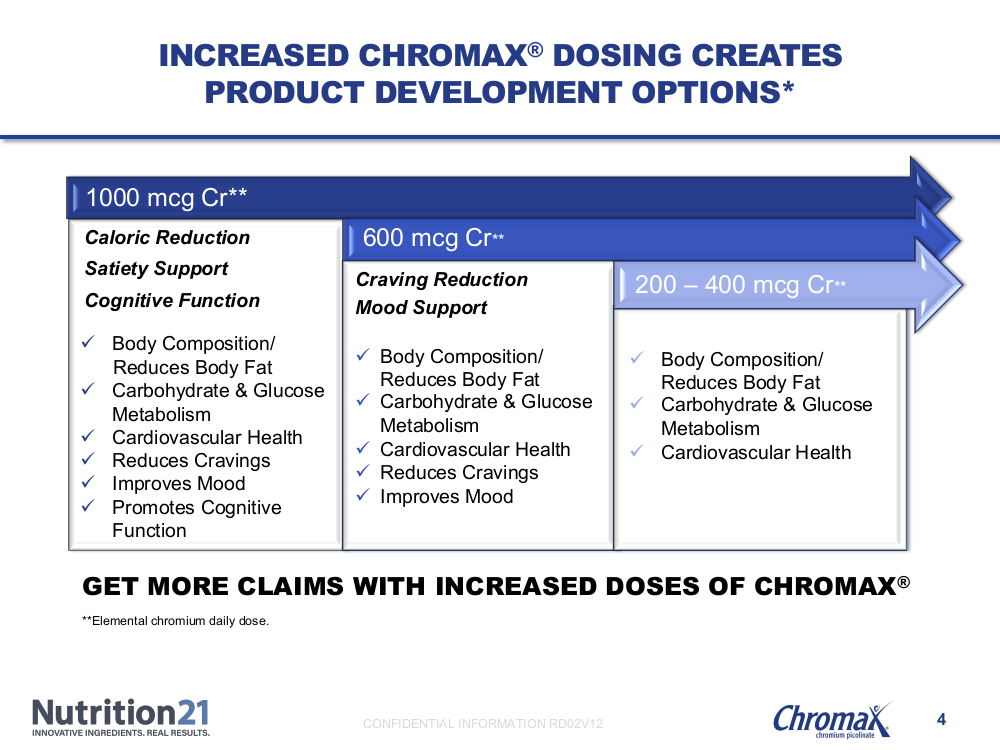
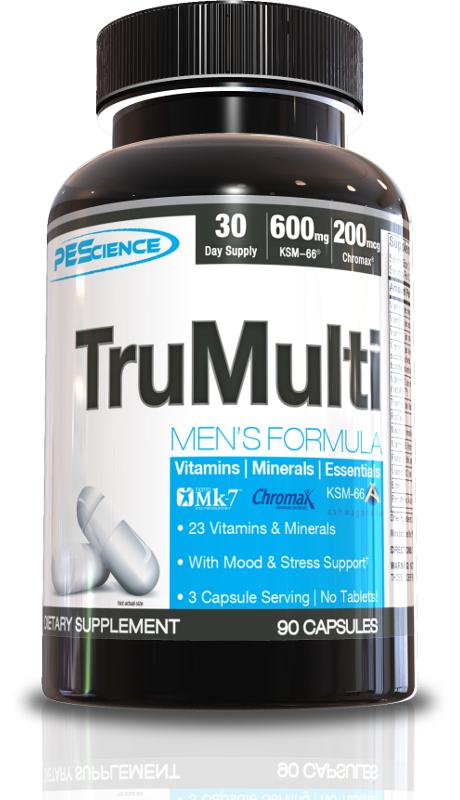


Comments and Discussion (Powered by the PricePlow Forum)